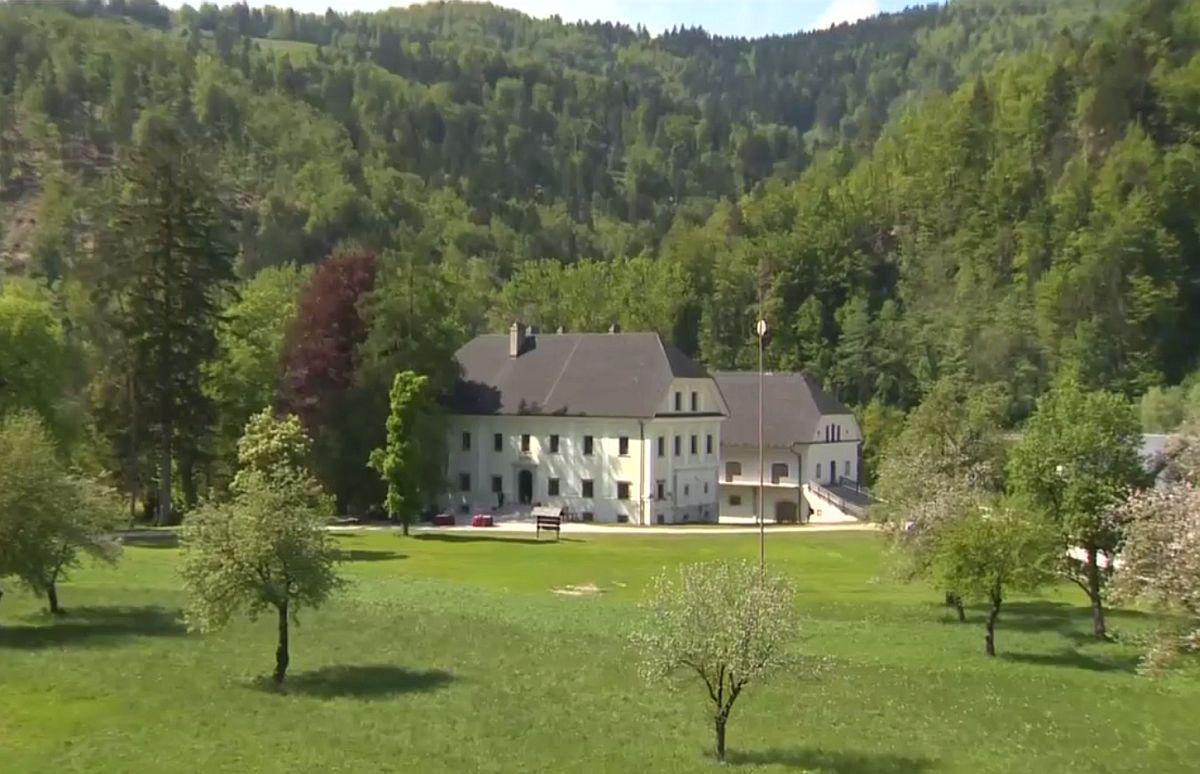
The Tavčar Manor, just a short drive from Škofja Loka, is a popular tourist spot, known both for its architecture and its scenic surroundings. Even though the origins of the building date back to the 17th century, it is named after a prominent writer and politician born in 1851.
The manor on the banks of the Poljanska Sora River was built in the Baroque style. It became the home of the Kalan family of nobles, who owned a large estate and made their living from farming. The building was reputed to be one of the most elegant rural manors in the Slovenian Lands, especially after Janez Kalan remodeled it in the 19th century.
In the 1890s, Ivan Tavčar bought the manor from the Kalans and transformed it into his primary residence, complete with additions such as a brand-new tennis court and a mausoleum for his family. A high-profile poet and a writer, Tavčar was also a member of the regional parliament, the Mayor of Ljubljana, and one of the most prominent Slovenians at the turn of the 20th century.
The residence inspired Tavčar to write The Visoko Chronicle, which is still considered one of the greatest Slovenian-language novels ever written. The work is set at the manor and describes the life of the nobles during the Thirty-Years War and the turmoil that engulfed Europe in the 17th century. With its strongly patriotic flavor, the novel also indirectly criticized German cultural and political oppression under Austrian rule.
Tavčar died in 1923 and was interred in the mausoleum. The manor came under state ownership after World War II. In 1957, Tavčar’s distant relative, an American named John Thatcher, helped to finance a statue of the great man that still graces the lawn in front of the manor. The modernist statue was the work of Jakob Savinšek, a leading Slovenian sculptor. The building itself did not fare as well. For years, it stood abandoned as its condition deteriorated, but it was finally renovated just before Slovenia’s independence.
The castle, a protected landmark, now contains Tavčar’s entire library – the most important legacy of one of Slovenia’s most creative literary figures. Centuries after it was constructed, the Visoko Manor is a popular destination not just for day trippers looking for peace and quiet in one of Slovenia’s most attractive valleys, but also for those interested in Slovenia’s literary heritage.

































































